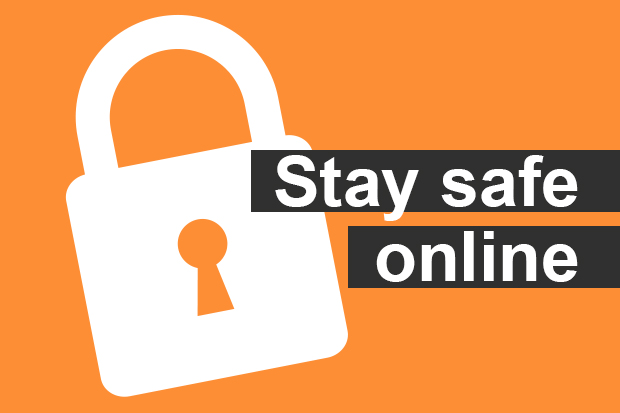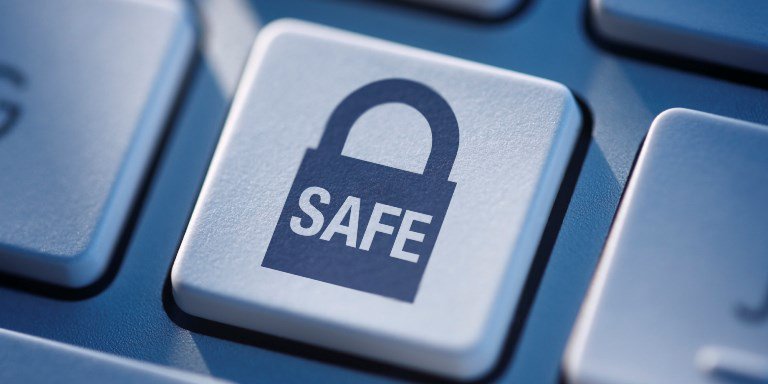10 Advice To Stay Safe Online

With hacks, scams, malware and more, the Internet can seem like an unsafe place nowadays. And, the recent expansion of gadgets, from mobile phones and tablets to Internet-connected appliances, has opened us approximately even greater dangers.
But fortunately is that by taking just a little handful of security measures we can significantly minimize our exposure to all these risks.
Here are some tips to assist you get started:
Create Complex Passwords.
We know you’ve heard it in the past, but developing strong, special passwords for all your crucial accounts truly is the best way to keep your individual and financial information safe. This is especially true in the era of prevalent corporate hacks, where one database breach can expose tens of thousands of user passwords. If you recycle your passwords, a hacker can take the dripped information from one attack and use it to login to your other accounts. Our finest guidance: use a password supervisor to assist you shop and create strong passwords for all of your accounts.
Then, examine to see if your online accounts provide multi-factor authentication. This is when numerous pieces of information are needed to verify your identity. So, to log into an account you might need to get in a code that is sent out to your phone, in addition to your password and passphrase.
Increase Your Network Security.
Now that your logins are safer, make sure that your connections are safe. When at home or work, you probably use a password-protected router that encrypts your data. But, when you’re on the roadway, you might be tempted to use totally free, public Wi-Fi. The problem with public Wi-Fi is that it is typically unsecured. This means it’s reasonably simple for a hacker to access your gadget or info. That’s why you must consider buying a Virtual Private Network (VPN). A VPN is a piece of software that creates a secure connection online, so you can securely link from anywhere.
Utilize a Firewall.
Even if your network is safe, you should still utilize a firewall. This an electronic barrier that block unapproved access to your computers and gadgets, and is often included with thorough security software application. Utilizing a firewall ensures that all of the devices connected to your network are secured, including Internet of Things (IoT) devices like wise thermostats and webcams. This is very important because many IoT gadgets aren’t equipped with security measures, giving hackers a vulnerable point of entry to your entire network.
Click Smart.
Now that you’ve put clever tech procedures into place, make sure that you do not welcome threat with careless clicking. A number of today’s online risks are based upon phishing or social engineering. This is when you are deceived into exposing individual or sensitive details for deceptive functions. Spam e-mails, fake “free” deals, click bait, online tests and more all use these tactics to entice you to click on dangerous links or give up your personal info. Always watch out for offers that sound too great to be real, or request for too much information.
Be a Selective Sharer.
These days, there are a great deal of chances to share our individual details online. Simply beware about what you share, particularly when it pertains to your identity details. This can possibly be utilized to impersonate you, or think your passwords and logins.
Protect Your Mobile Life.
Our mobile devices can be just as susceptible to online threats as our laptops. In fact, mobile phones deal with brand-new risks, such as dangerous apps and unsafe links sent out by text message. Beware where you click, do not react to messages from strangers, and only download apps from main app stores after checking out other users’ evaluations initially. Make sure that your security software application is allowed on your mobile, similar to your computer systems and other devices.
Practice Safe Surfing & Shopping.
When shopping online, or checking out websites for electronic banking or other delicate transactions, always ensure that the website’s address starts with “https”, instead of simply “http”, and has a padlock icon in the URL field. This suggests that the website is protected and uses file encryption to rush your data so it can’t be obstructed by others. Likewise, watch for websites that have misspellings or bad grammar in their addresses. They could be copycats of legitimate websites. Utilize a safe search tool such as McAfee SiteAdvisor to steer clear of risky websites.
Keep up to date.
Keep all your software application upgraded so you have the current security patches. Switch on automatic updates so you don’t need to consider it, and ensure that your security software application is set to run routine scans.
Lookout for the current scams.
Online risks are progressing all the time, so ensure you know what to watch out for. Currently, “ransomware” is on the rise. This is when a hacker threatens to lock you out of all of your files unless you accept to pay a ransom. Stay on top of this and other risks by staying informed.

Keep your guard up.
Constantly beware about what you do online, which websites you check out, and what you share. Usage detailed security software application, and ensure to back up your information regularly in case something goes wrong. By taking preventative steps, you can save yourself from headaches later on.